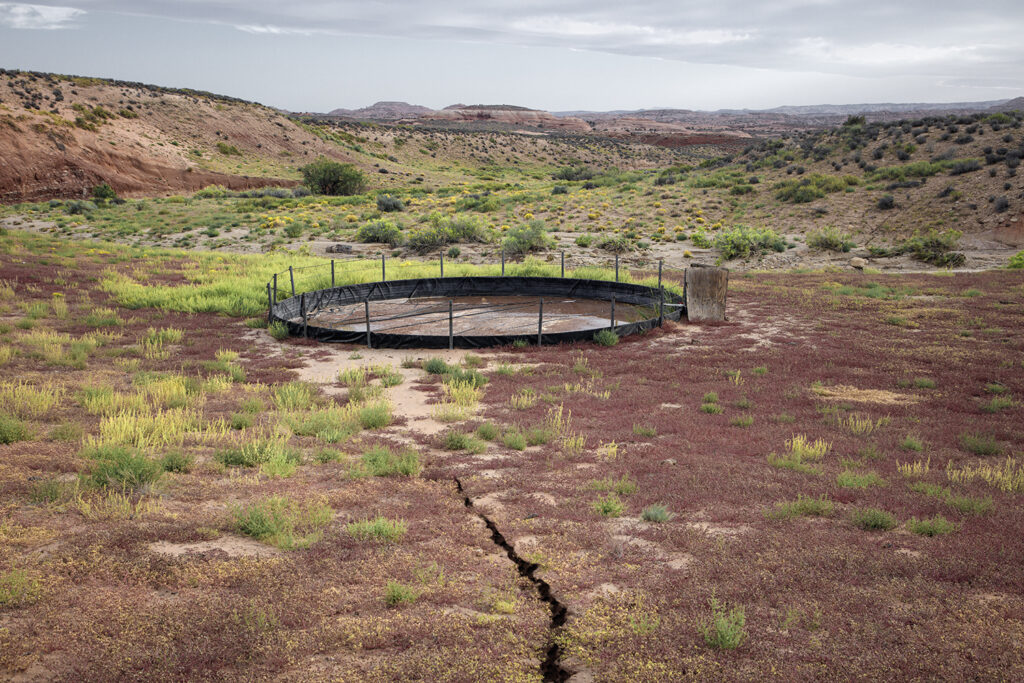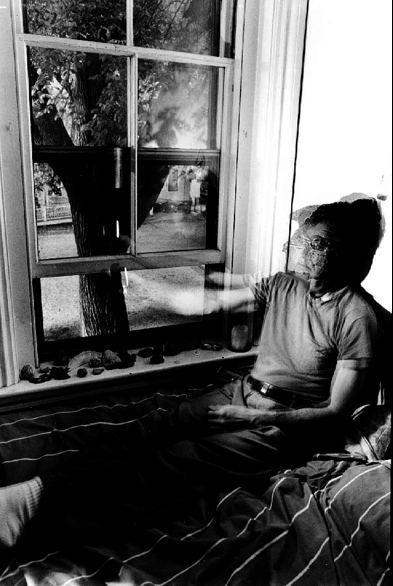March 30, 6:30-8:30pm
Click HERE to view a recording of this online event.
Featuring Bremner Benedict, Skip Schiel, and Jonathan Sharlin

Despite solid scientific evidence, the public continues to debate the truth surrounding climate change and there are large groups that have yet to fully accept the declining state of the global environment and the human hand in creating it. As the climate crisis becomes more urgent, the role of photography has a growing impact on raising awareness. PRC Nights Online: Photographing Climate Change, is an opportunity to view images and discuss projects by PRC Member photographers that explore the landscape of climate change and its global impact.
Featured presenter, Bremner Benedict, will show work from her Hidden Waters series, Drylands Springs In The West. For the past several years Benedict been photographing in the five major deserts of North America as they run out of water, focusing on the effects of climate change, drought and aquifer overuse. Of her work Benedict says, “My intent is to create an historical record of keystone ecosystems before they are lost forever; to start a dialogue and to serve as a call to action since the loss of these biologically diverse, ecologically significant, and culturally important ecosystems would threaten our survival to live in dry places.”

Jonathan Sharlin‘s series, Broken Earth, is a chronicle of his immediate environment. He photographs local landscapes and those he encounters while traveling, depicting the land disintegrating and falling apart as the earth is changing with unusual storms, severe flooding, and disruptions caused by humankind. In his observations of the natural progression of life and transitions of time he observes repeated cycles and is noticing the cycles changing, and the changes are happening more quickly. Broken Earth is Sharlin’s photographic note-taking of the phenomenon.

Skip Schiel is a socially engaged participatory photographer with two primary current projects, “Ways to Address the Climate Crisis,” and “The Ongoing and Relentless Nakba,” about Palestinian refugees in the West Bank and their erased homelands in Israel. His work, Simply Earth, depicts how the earth feels to him through his lens. He tells the visual story in three parts: personal spirits or essences of the earth, a tragic story about an elm tree, and strategic, risky, and often colorful actions to address the climate crisis.
Climate photography helps to make visceral what can only be imagined by those not directly being affected. Through still images and film, photographers chronicle how climate change is altering communities and regions by imaging scenes of drought, deforestation, disappearing glaciers, pollution from fossil fuel extraction, desertification, and extreme temperatures. To attend this free online event register HERE.
